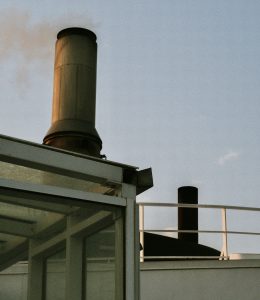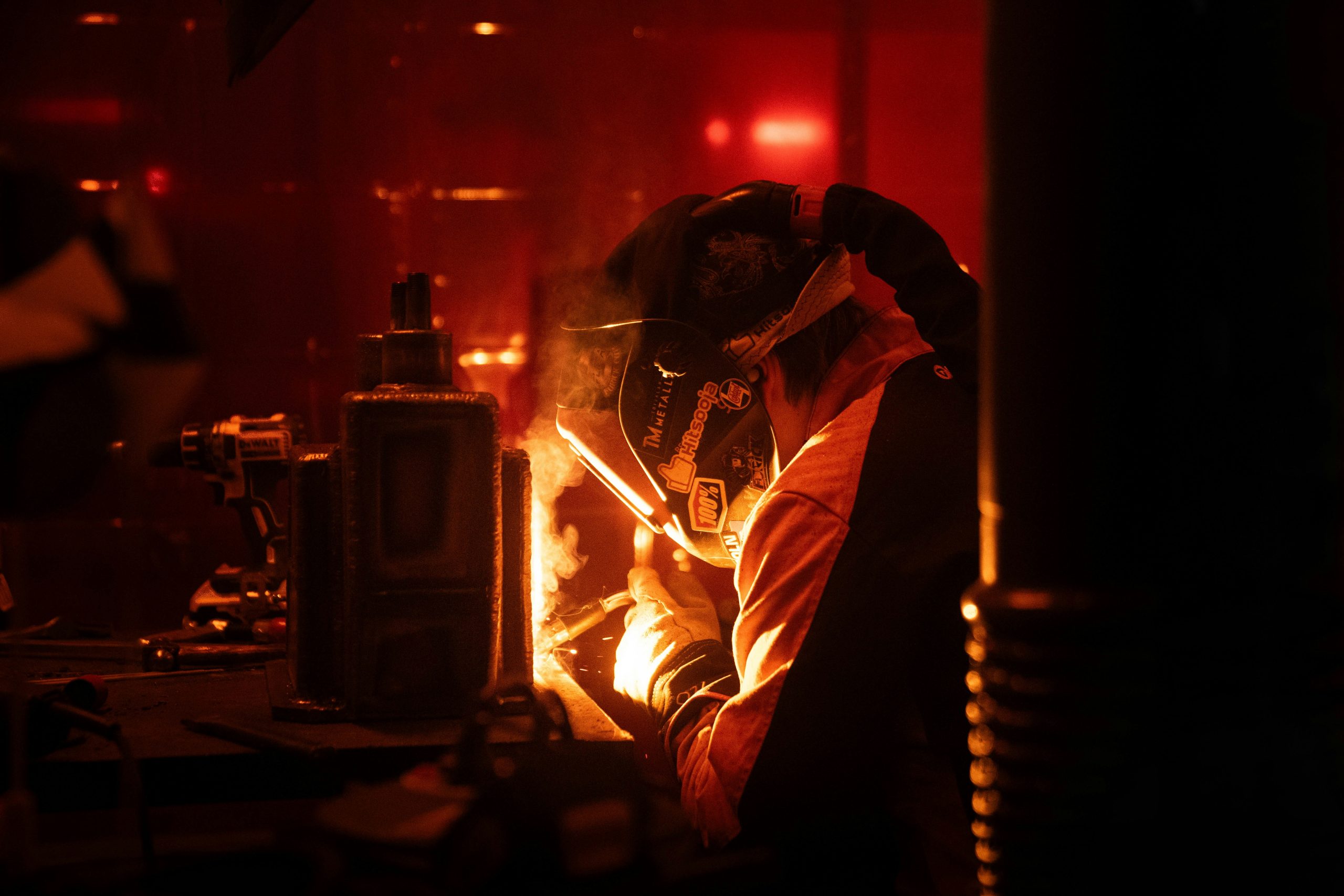Assessing minimum energy requirements and emissions for different raw material compositions in clinker production
Cement production is a major contributor to global emissions, representing 6% of CO2 energy-related emissions. The existing literature evaluates several interventions in production pathways to reduce energy consumption and carbon emissions. However, a knowledge gap exists regarding the influence of raw material chemical composition on the energy and carbon emissions requirements for clinker production. To address this gap, we have developed an open-source model that estimates the minimum energy requirements for clinker production based on 3738 raw material compositions.
The model considers the chemical composition of the input materials and the relevant chemical reactions to calculate theoretical and practical minimum energy requirements, where the theoretical minimum includes the enthalpy of reactions, and the practical minimum also accounts for the energy needed to heat the raw meal. Our findings show that the theoretical minimum energy required for clinker production ranges from 1.60 MJ kg−1 to 1.76 MJ kg−1, while practical minimum energy requirements range between 2.95 MJ kg−1 to 3.11 MJ kg−1. Potential improvements could reduce practical minimums to a range of 1.85 MJ kg−1 to 2.5 MJ kg−1. This study establishes a baseline for potential energy savings and emissions reduction by targeting a more resource-efficient clinker composition.
To read the full paper by Natanael Bolson and Jonathan Cullen in Environmental Research Infrastructure and Sustainability, click here.













